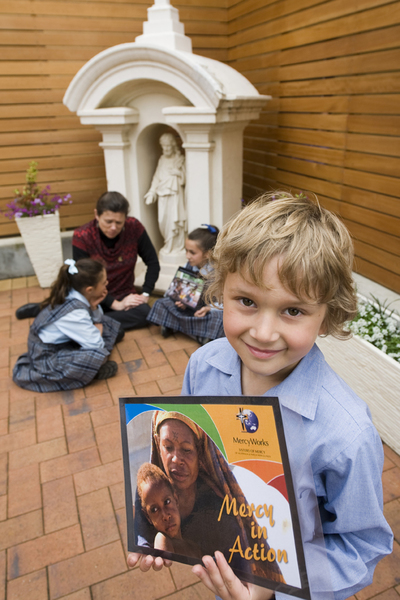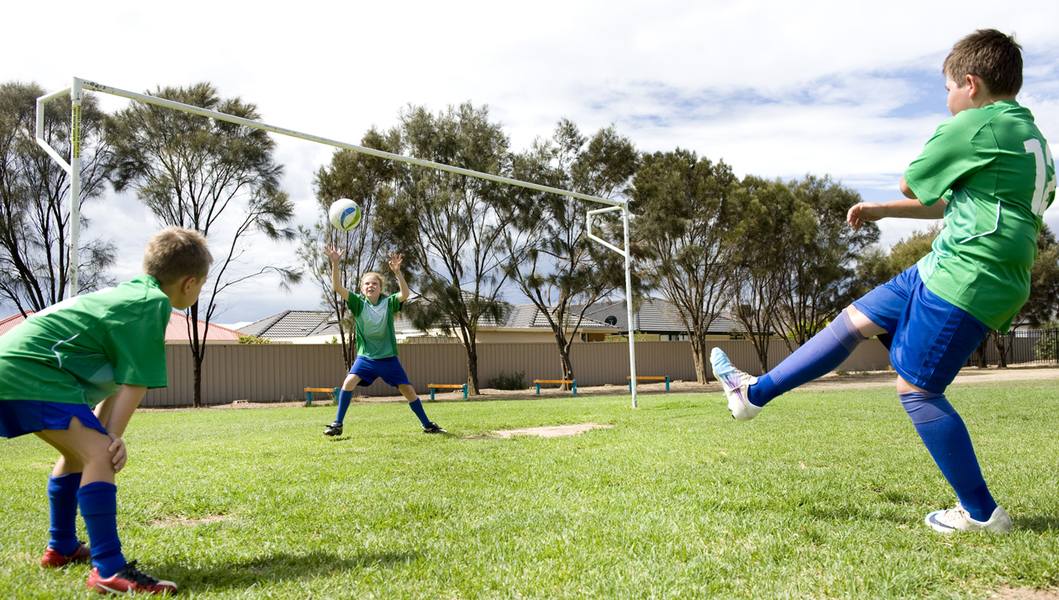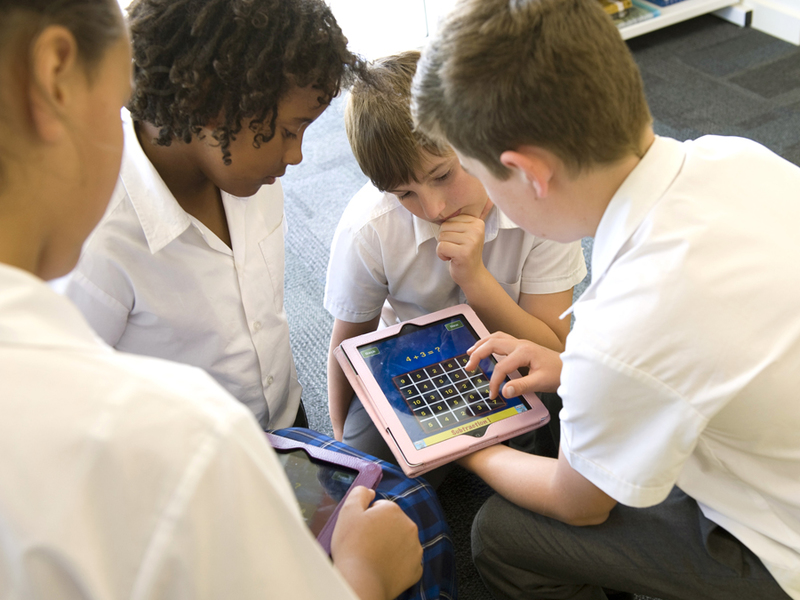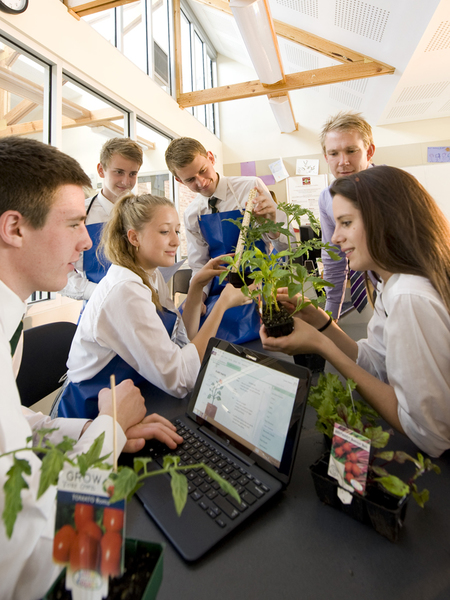
EVERYONE’S WELCOME AT A CATHOLIC SCHOOL.
Discover your local
Catholic school during
Catholic Schools
Open Week
August 4-10


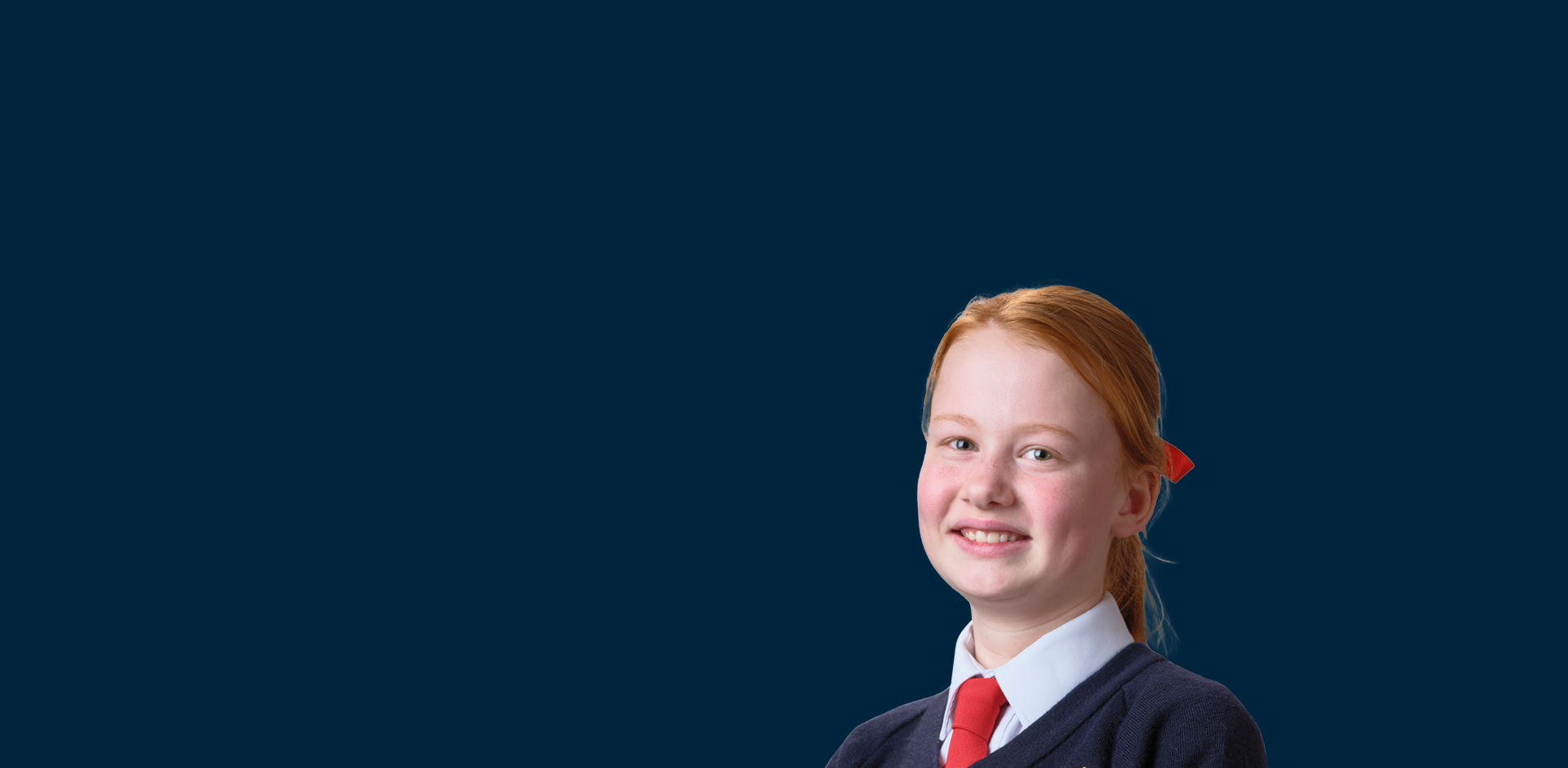
Our schools use the Australian Curriculum as the basis for their teaching and learning programs. It is the foundation for high quality teaching to meet the needs of all Australian students.
The Australian Curriculum sets out the core knowledge, understanding and skills important for all Australian students and describes the learning entitlement of students as a foundation for their future learning, growth and active participation in the community.
It sets out, through content descriptions and achievement standards, what students should be taught and achieve as they progress through school.
The Australian Curriculum is arranged into eight learning areas: English, Mathematics, Science, Humanities and Social Sciences, The Arts, Technologies, Health and Physical Education and Languages.
It also pays explicit attention to how seven general capabilities and three cross-curriculum priorities contribute to, and can be developed through each learning area.
The seven general capabilities are literacy, numeracy, information and communication technology capability, critical and creative thinking, personal and social capability, ethical understanding, and intercultural understanding. Learning continua are available for each capability, which describe the relevant knowledge, skills, behaviours and dispositions at particular points of schooling.
The Australian Curriculum focuses on three cross-curriculum priorities: Aboriginal and Torres Strait Islander histories and cultures, Asia and Australia’s engagement with Asia, and sustainability.
English helps create confident communicators, imaginative thinkers and informed citizens.
It is through the study of English that individuals learn to analyse, understand, communicate with and build relationships with others and with the world around them.
Mathematics provides students with essential mathematical skills and knowledge in Number and Algebra, Measurement and Geometry, and Statistics and Probability.
It develops the numeracy capabilities that all students need in their personal, work and civic life, and provides the fundamentals on which mathematical specialties and professional applications of mathematics are built.
Through each of the various Australian Curriculum languages, students acquire communication skills in the language being learnt, an intercultural capability, an understanding of the role of language and culture in communication and a capability for reflection on language use and language learning.
Science provides opportunities for students to develop an understanding of important science concepts and processes, the practices used to develop scientific knowledge, of science’s contribution to our culture and society, and its applications in our lives.
Humanities and Social Sciences consist of four subjects – History, Geography, Civics and Citizenship and Economics and Business.
Each of the four subjects comprises both a knowledge and understanding strand and a skills strand particular to the subject discipline.
In Health and Physical Education students develop the knowledge, understanding and skills to support them to be resilient, to develop a strong sense of self, to build and maintain satisfying relationships, to make health-enhancing decisions in relation to their health and physical activity participation, and to develop health literacy competencies in order to enhance their own and others’ health and wellbeing.
The five Arts subjects in the Australian Curriculum are Dance, Drama, Media Arts, Music, and Visual Arts.
Together they provide opportunities for students to learn how to create, design, represent, communicate and share their imagined and conceptual ideas, emotions, observations and experiences.
Technologies describes two distinct but related subjects.
In Design and Technologies students use design thinking and technologies to generate and produce design solutions for authentic needs and opportunities.
In Digital Technologies students use computational thinking and information systems to define, design and implement digital solutions.
Assessment is a fundamental part of the learning process, especially important in providing feedback to the learner and to the teacher.
Effective assessment in schools draws on a range of assessment methods to provide information that can inform future learning and be used for reporting on student progress.
The assessment methods used in schools include:
The Assessment Policy of the SA Commission for Catholic Schools sets out principles and practices for quality assessment in CESA schools.
In addition to ongoing classroom assessment of student learning, students in our schools undertake various externally-provided assessments that provide reference points for student achievement and progress in learning.
NAPLAN (National Assessment Program – Literacy and Numeracy)
Held in mid-May each year for Years 3, 5, 7 and 9 in all Australian schools, NAPLAN tests for proficiency in reading, writing, spelling, numeracy, grammar and punctuation.
Please consult the official NAPLAN website for general information, test dates for the coming years and information for parents and carers to support their children.
Early Years Assessment (Literacy)
This assessment was developed by CESA for early identification of support for literacy and is available for students in their fifth term of schooling.
Early Years Numeracy Observation Assessment
This assessment was developed by CESA for early identification of students’ knowledge of mathematics as is available for students in their first two years of schooling.
Many SA Catholic schools use various diagnostic tests to provide calibrated standardised assessment of students’ learning achievement at particular year levels. Information about specific tests is available from each school.
The Australian Curriculum achievement standards are the reference point for assessment and reporting of learning areas at each year level in SA Catholic schools.
Throughout the year many opportunities exist for communication between families, schools and students in relation to learning, including:
Student reports form one part of the information to families regarding the progress and achievements of their child and provide a further opportunity for families, teachers and students to build and maintain quality learning conversations and partnerships.
Each school has its own format and timing for reporting to parents on students’ learning.
Read more at our Career Education & VET website!
Every student in SA Catholic secondary schools is entitled to a learning pathway that maximises their post compulsory schooling options and hopes for a career.
Our schools offer an inclusive curriculum which supports students through the secondary years of schooling and in particular prepares and creates pathways into a range of post schooling destinations such as further education, training and employment.
The unique balance and offering of the South Australian Certificate of Education (SACE) is inclusive of Vocational Education and other programs in recognition of the fact that all students deserve access to diverse pathways and support for whichever options they choose to follow.
In their early years, children learn how to learn, and build their confidence through hands-on, and discovery-based activities.
CESA has a range of Early Years Services to help fire the imaginations and natural curiosity of our youngest learners.
And our partnership with the Little Scientists project ensures our educator and teachers are at the forefront of STEM teaching to boost our children’s interest in Science, Technology, Engineering and Mathematics.
At the heart of the work of the Catholic school is the invitation for students to engage in a new conversation between the world they know and the faith to which they are called.
Religious Education is a key part of the life of our schools.
The South Australian Certificate of Education (SACE) is internationally recognised as the educational pathway most South Australian students would use to gain entry to TAFE and university courses in South Australia, interstate and overseas.
SACE can be tailored to meet the needs of individuals. Study programs can be created from a range of SACE subjects as well as Vocational Education and Training courses. There is also a link to the International Baccalaureate. It is also possible to include other courses that are available outside of school.
There are two stages to the SACE. Stage One (which usually begins in Year Ten) sees students studying the Personal Learning Plan and continuing through Year Eleven.
Stage Two is generally undertaken in Year Twelve. To qualify for SACE students must complete a minimum of two hundred credits (ten credits is normally the equivalent of one semester’s work) and meet a minimum level of achievement (a C grade or higher in the Stage One compulsory subjects and a C- or higher in their Stage Two compulsory subjects).
All SACE subjects place a high emphasis on literacy and numeracy. The capacity to develop and use research skills is also prominent.


